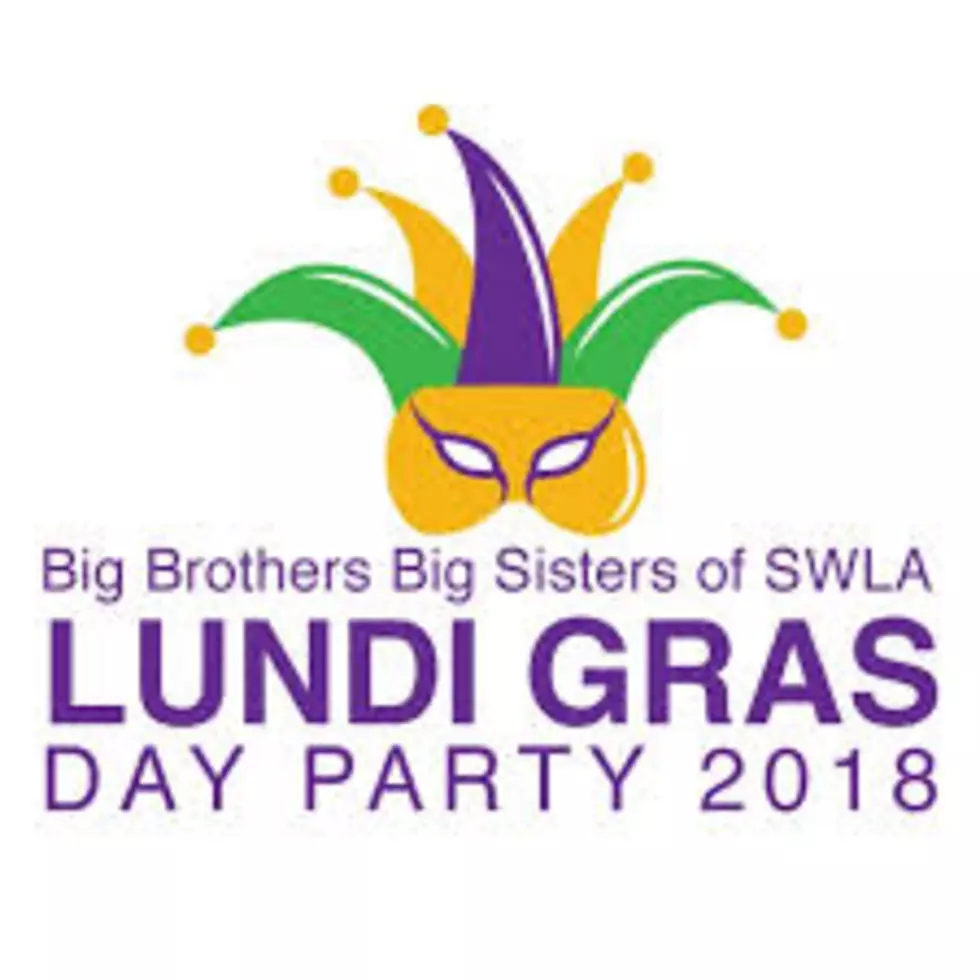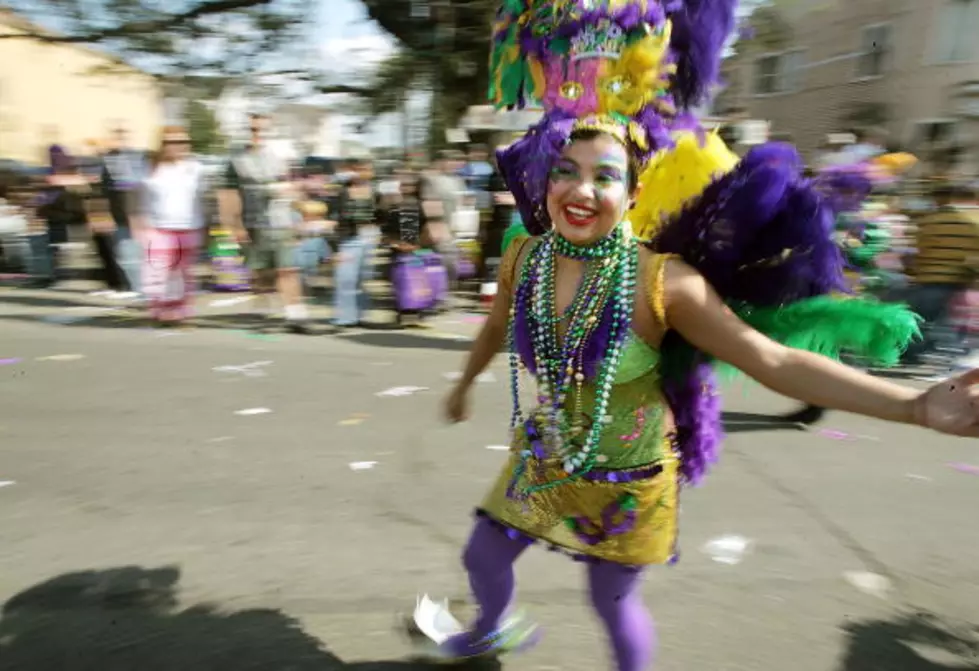
10 Fun Mardi Gras Facts
Everybody knows about Mardi Gras, but do you know the roots and history of the festival? If not, we got your back with some very interesting Mardi Gras knowledge nuggets!
10 FUN MARDI GRAS FACTS:
1. THE FIRST NEW ORLEANS MARDI GRAS PARADE WAS 177 YEARS AGO
New Orleans has been celebrating Fat Tuesday with parades since 1837. The first floats appeared in the parade in 1857.
2. WHAT DO THE MARDI GRAS COLORS MEAN?
Purple signifies justice, gold means power, and green stands for faith.
3. MARDI GRAS IS ALSO KNOWN AS "PANCAKE DAY"
In Ireland, England, Australia, New Zealand, and Canada, people celebrate Mardi Gras by eating pancakes and particpating in pancake themed activities.
4. MASKS ARE REQUIRED BY LAW FOR FLOAT RIDERS
Yep, it's illegal to ride on a float without a mask! The original purpose of the mask was to get rid of social constraints for the day, allowing people to mingle with whomever they chose.
5. THE POPE MADE MARDI GRAS A HOLIDAY
Pope Gregory XIII made Mardi Gras a holiday in 1582 when he placed it on his Gregorian calendar. The holiday was introduced to North America in 1699 when the LeMonyne Brothers came to defend France's claim to Louisiana. The first party was held on the Mississippi River.
6. NEW ORLEANS WASN'T THE FIRST MARDI GRAS LOCATION
Mobile, Alabama was the location of the first record Mardi Gras festival in the United States in 1703. New Orleans was founded 15 years later.
7. HURRICANE KATRINA DIDN'T STOP MARDI GRAS
Not even the mighty Hurricane Katrina could stop Mardi Gras. New Orleans plans for Mardi Gras all year long. So when Katrina hit in August of 2005, most floats had already begun construction. Luckily the French Quarter and the floats made it through the storm well and and Mardi Gras was held as normal.
8. NOT JUST BEADS GET THROWN IN PARADES
You've prolly noticed that not only beads are thrown at parades. Plastic cups have become very popular and they were first thrown in 1980. Cracker Jack boxes were commonplace in Mobile Alabama but were banned in 1950 because of the sharp edges of the boxes. Moon Pies replaced Cracker Jacks in 1950 and are still wildly popular today! Doubloons (coins) became a parade staple in the 1960s. Coconuts at one time where popular to throw from floats for more than 100 years, however, you can see why that's a law suit waiting to happen these days, so it became illegal to throw said fruit in 1988.
9. EASTER DETERMINES THE DATE OF MARDI GRAS
If you look back on Mardi Gras you will notice it's held on a different date every year. That's because the festival is usually held 47 days before Easter. And Easter falls on different days each year because it's based on the first Sunday after the first full moon that occurs on or after March 21. So, Mardi Gras can range anytime between February 3rd to March 9th.
10. MARDI GRAS HAS BEEN CANCELED BEFORE, BUT IT'S VERY RARE
In the long history of Carnival in New Orleans, it has only been canceled about a dozen times. These reason include the Civil War and both World Wars. During the 1870s, yellow fever was sweeping the south, and the parades were canceled to keep people safe. The most recent cancellation was in 1945, during the last year of World War II.
More From 92.9 The Lake








